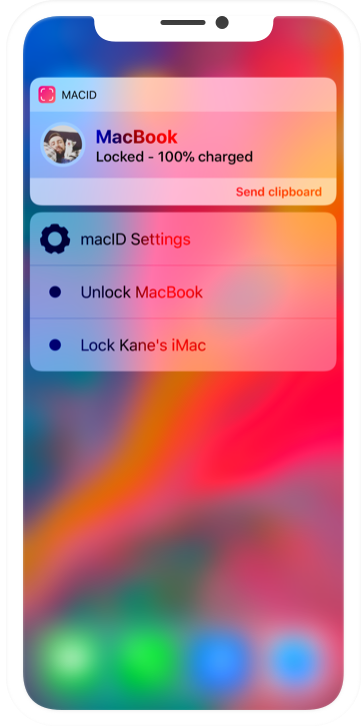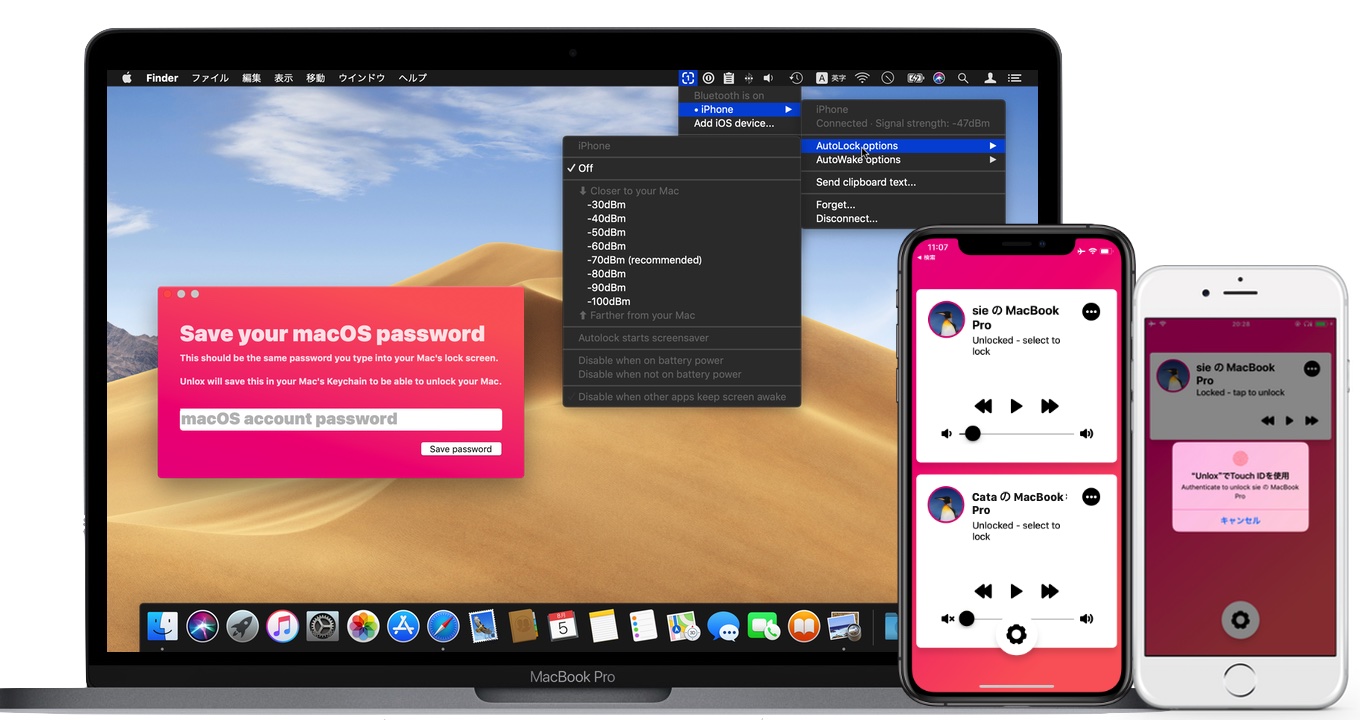
You should see a list of the latest account lockout events. Filter the security log by the EventID 4740.
#User unlox exe windows
The domain account lockout events can be found in the Security log on the domain controller ( Event Viewer -> Windows Logs). You can find the Primary domain controller in your domain as follows: In order not to parse the logs on all DCs, it is easiest to look for the lockout events in the security log on the PDC. The event contains the DNS name (IP address) of the computer from which the initial request for user authentication came. In this case, an event with EventID 4740 is recorded in the Security log of both domain controllers. If the number of failed authentication attempts exceeds the value set for the domain in the Account lockout threshold policy, the user account is temporarily locked. If authentication fails on the PDC as well, it responds to the first DC that authentication failed. If the user enters an incorrect password, then the domain controller closest to the user ( LogonServer) redirects the authentication request to the DC with the PDC emulator FSMO role (this particular DC is responsible for processing account locks). The easiest way to enable this policy is through the gpmc.msc console by editing the Default Domain Controller Policy. Then go to the Account Management section and enable the policy: Go to the GPO section Computer Configuration -> Policies -> Windows Settings -> Security Settings -> Advanced Audit Policy -> Logon/Logoff and enable the following policies: To enable account lockout events in the domain controller logs, you need to enable the following audit policies for your DCs.
#User unlox exe password
Account Lockout Event IDs 47įirst of all, an administrator has to find out from which computer or device occur bad password attempts and goes further account lockouts. In order to solve the user’s problem, the administrator needs to find which computer and program the user account in Active Directory was locked from. The administrator can unlock the account manually at the user’s request, but after a while, the situation may repeat. user declares that he never made a mistake when entering a password, but his account was locked out for some reason. But in some cases, the account lockout happens without any obvious reason. If the user has recently changed the password and forgot it, you can reset it. The cases when the user forgets the password and causes the account lockout themselves occur quite often. Periodically, you need to audit user password strength. This is configured in the Password Policy section in the Password must meet complexity requirements and Minimum password length options. To protect against password brute-force attacks, it is recommended to use strong user passwords in AD (use a password length of at least 8 characters and enable complexity requirements).

If the user account in the domain is locked out, a warning appears when trying to log in to Windows: Temporary AD account lockout reduces the risk of brute-force attacks against AD user accounts. After some time (set by the domain security policy), the user account is automatically unlocked. Usually, the account is locked by the domain controller for several minutes (5-30), during which the user can’t log in to the AD domain. The Active Directory domain account security policy in most organizations requires that a user account be locked out if a bad password is entered several times in a row. The referenced account is currently locked out and may not be logged on to
#User unlox exe how to


Get the Source (Computer) of Account Lockouts with PowerShell.Account Lockout Policies in Active Directory Domain.How to Check if an AD User Account is Locked Out?.The referenced account is currently locked out and may not be logged on to.


 0 kommentar(er)
0 kommentar(er)
